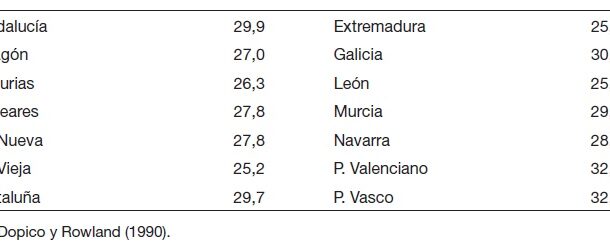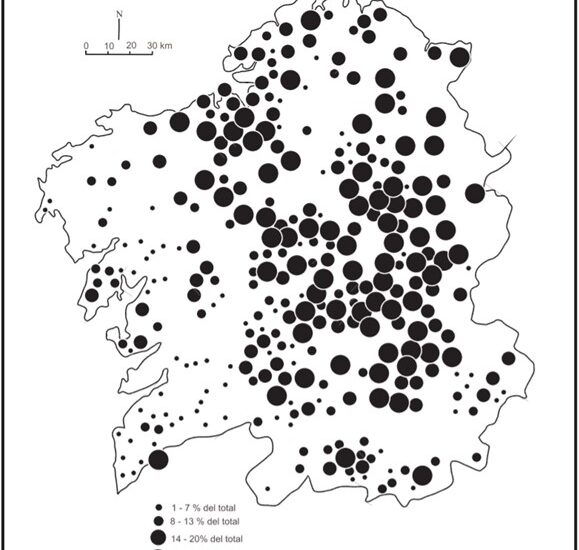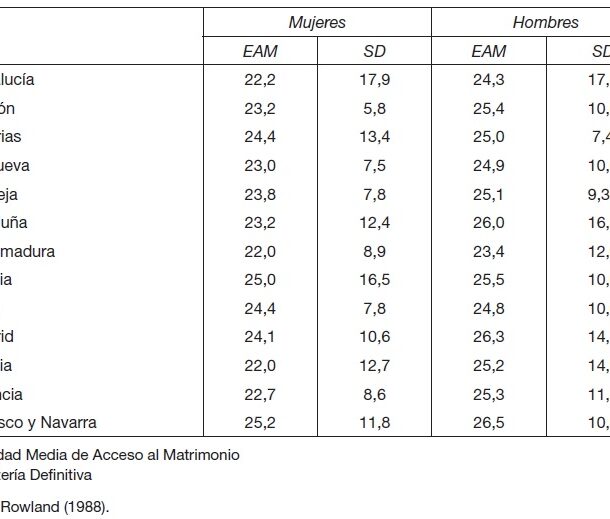
Life expectancy is an indicator of the average lifespan of a generation. During the seventeenth century, this was around 28 years, although different authors suggested the possibility of 27 or 25 years. Infectious diseases were responsible for the short lifespan, as they were a scourge for Spanish villages, towns and cities. In addition to this, 1796 saw a fundamental event in the fight against infectious diseases: Jenner’s discovery of antivariol vaccination, which was quickly and favourably known. Infant mortality rates are between 200 and 230 per thousand, with intermediate mortality in regions such as the Balearic Islands, Navarre and Aragon and life expectancy below the Spanish average. The analysis of mortality from the end of the 16th century until the beginning of the demographic transition reveals the existence of trends that favoured the periphery over the interior of the peninsula, becoming more noticeable in the 1860s.
Collection: Statistics
Project: 3. Rural world and urban world in the formation of the European identity., 4. Family, daily life and social inequality in Europe.
Chronology: XVIII
Scope: Secondary Education, Baccalaureate, University
Link: https://www.adeh.org/revista/2014,%202/RDH%20XXXII%20(II)%202014%20F%20Dopico.pdf
Resource type: Statistics
Format: Table
Source: Dopico, Fausto, «El impacto demográfico de las creencias. Una evaluación desde el siglo XVIII español», Revista de Demografía Histórica, vol. 32, nº2, 2014, pp. 51–76.
Language: Spanish
Date: 2014
Owner: Álvaro Romero González (Modernalia)
Copyright: © Fausto Dopico, © Revista de Demografía Histórica
Abstract: Infant mortality in the different Spanish provinces during the 18th century
Image
Tags







